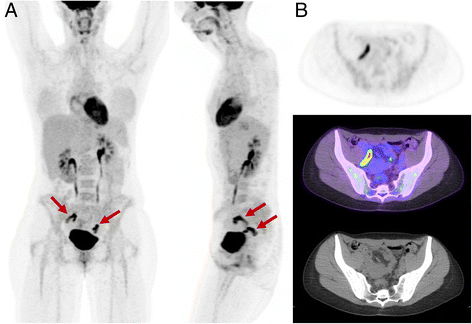In the realm of medical diagnostics, particularly in oncology, the term physiological uptake frequently emerges during discussions of imaging tests. As patients navigate the complexities of diagnostic procedures, understanding what physiological uptake implies can be pivotal, especially when it concerns potential cancer diagnosis.
What is Physiological Uptake?
Physiological uptake refers to the absorption and utilization of substances by the body’s normal tissues during medical imaging. In nuclear medicine, such as PET (Positron Emission Tomography) scans, radioactive tracers are injected into the body. These tracers are designed to highlight areas of metabolic activity, which are then captured by imaging technology.
In simple terms, physiological uptake is the normal absorption of these tracers by tissues that are naturally active, such as the brain, heart, and liver. This is a crucial factor in medical imaging, as it helps differentiate between normal and abnormal tissue activity.
Is Physiological Uptake a Cancer Indicator?
The short answer is no—physiological uptake alone does not indicate cancer. While increased uptake might be associated with malignancies due to their heightened metabolic activity, it is not exclusive to cancer. Numerous benign conditions and normal physiological processes can lead to increased tracer uptake.
For instance, areas of inflammation or infection often show increased uptake because of the elevated metabolic processes involved in healing and immune response. Similarly, certain benign tumors or healing fractures can exhibit increased activity, mimicking malignant processes.
Interpreting Imaging Results
Interpreting physiological uptake requires the expertise of a radiologist or a nuclear medicine specialist who can discern between normal and abnormal patterns. These professionals consider the patient’s medical history, symptoms, and the specific characteristics of the uptake pattern observed.
- Location and Pattern: The specific location and pattern of uptake are crucial. For example, symmetrical uptake in muscles may indicate normal physiological activity, whereas asymmetrical uptake could suggest an anomaly.
- Intensity: The intensity of the uptake helps differentiate benign from malignant conditions. Cancerous lesions often exhibit higher uptake levels compared to benign anomalies.
- Correlation with Other Findings: Imaging results are often correlated with other diagnostic tests, such as biopsies or blood tests, to form a comprehensive view.
Advancements in Imaging Technology
With advancements in imaging technology, the accuracy and specificity of identifying cancerous tissues have significantly improved. Techniques such as dual-modality imaging, combining PET with CT or MRI, allow for more precise localization and characterization of lesions.
Moreover, the development of new tracers targeting specific cancer types has enhanced the detection capabilities, providing clearer differentiation between malignant and benign conditions.
The Importance of Professional Consultation
Ultimately, while physiological uptake is a critical component of imaging diagnostics, it is not a standalone indicator of cancer. Patients must engage with healthcare professionals to interpret these findings in the context of their overall health profile.
In conclusion, understanding physiological uptake can demystify some aspects of medical imaging, but it highlights the necessity for a comprehensive diagnostic approach. With expert analysis and advanced imaging techniques, the distinction between normal and pathological uptake becomes clearer, guiding appropriate medical interventions.


I appreciate the emphasis on the role of radiologists in interpreting imaging results. This article effectively highlights the importance of professional expertise in understanding physiological uptake.
The explanation of why physiological uptake does not solely indicate cancer is very reassuring. It’s important for patients to know that increased uptake can result from various benign conditions.
This article provides a clear and concise explanation of physiological uptake, which is crucial for anyone undergoing medical imaging. It helps demystify the process and alleviates some anxiety about the results.
This article does a fantastic job explaining a complex topic in simple terms. Understanding physiological uptake can help patients better engage with their healthcare providers during diagnostic processes.
Great insight into how physiological uptake works in nuclear medicine! The distinction between normal and abnormal tissue activity is well articulated, making it easier to understand complex imaging results.
Informative read! The section on interpreting imaging results underscores the necessity of viewing these tests as part of a comprehensive diagnostic approach rather than standalone indicators.